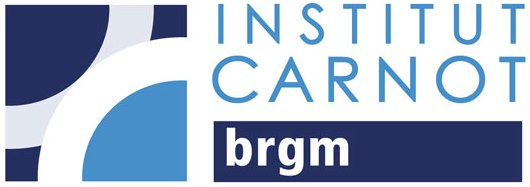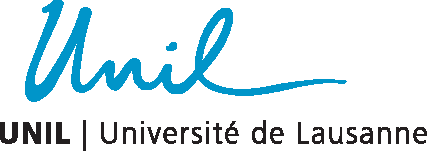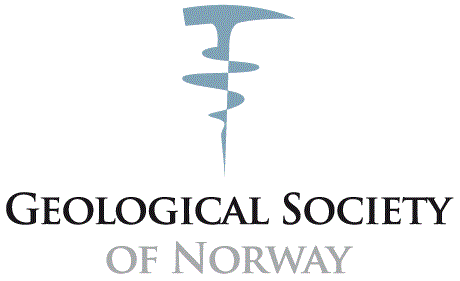Conference Themes
The VGC series focuses on novel developments and applications of close range remote sensing methods within the broad field of geoscience research. As the current state-of-the-art of spatial mapping in geoscience is trending towards convergence between many fields (e.g. geomatics, computer vision, graphics, visualization, geostatistics and numerical modelling, as well as the sub-disciplines of earth science), acquiring and working with 3D and 2D image data has never been so accessible. This has resulted in a dazzling array of new applications in many areas and at many scales, and across the academic, public and private sectors. The result is an exciting new realm of scientific research, and the purpose of the VGC series is to offer a meeting place for researchers who are actively working with techniques such as lidar or photogrammetry, develop analysis methods based on these input data, or are considering starting to work in this field. Rather than restricting the presentation of new developments to the respective sub-disciplines, we encourage you to submit to VGC 2016 so that the wider geoscience and geomatics communities benefit from your contribution. We hope that this will give new opportunities for growth and collaboration.
The aim of the scientific programme is to establish themes connected to method advancements, new ways of analysing, interpreting and modelling data, as well as novel applications. The aim is to provide cross-disciplinary interaction and a forum for knowledge exchange, whilst showcasing developments at the forefront of our respective fields. We can define the sphere of interest of the conference into three main areas:
1. Method developments
Focuses on innovations in acquisition and processing of 3D datasets, new sensors, devices and platforms, and integration of different techniques. This revolves around technology development (hardware and software).
|
Laser scanning (lidar) & novel 3D mapping sensors |
|
Photogrammetry/structure from motion (SfM) |
|
Sensor integration (multi/hyperspectral, radar, thermal, geophysical) |
|
Novel platforms (UAVs) |
|
Mobile & real-time computing |
|
Augmented reality in fieldwork |
|
Laboratory-scale measurement (fossils, flumes, plaster, sediment tanks) |
2. Data Analysis
Taking the processed 3D or 2D datasets and using them as the basis for analysis.
|
Interpretation |
|
Automated feature mapping |
|
Geostatistics |
|
Numerical modelling and simulation |
|
Visualisation, computer graphics |
|
Virtual reality |
|
Change detection/monitoring |
3. Application Fields
Showcase the major influence of spatial data across the geosciences, combining acquisition, processing and analysis to solve problems and answer outstanding questions.
|
Geology (including petroleum geology): sedimentological mapping, reservoir analogues |
|
Structural geology: fracture mapping and network modelling |
|
Geomorphology: characterisation of surface processes |
|
Natural hazards: rockfalls, landslides, coastal erosion |
|
Glaciology/cryosphere: glacier front monitoring |
|
Volcanology: lava flow mapping, crater modelling, laboratory methods |
|
Hydraulics/through-water mapping |
|
Climate/environment |
|
Infrastructure: tunnelling, railway, roads |
|
Mining and energy |
This list is certainly non-exhaustive. The final programme will be designed based on the scientific quality of the submissions received.
Journal Special Issue
We are planning a special issue of the journal The Photogrammetric Record (PHOR), based on submissions received for the conference. PHOR, published by Wiley, is an internationally-renowned journal covering geomatics methods and applications, and is linked in Thomson Reuters' Web of Science. More details will follow shortly.
Important Dates
- Abstract submission
May 08, 2016 (closed) - Acceptance
June 29, 2016: authors notified - Conference registration
Standard rate: Sept 20, 2016 - Short courses/workshop
September 21, 2016 - Conference
September 22-23, 2016 - Special issue paper submission
January 15, 2016 (closed)













